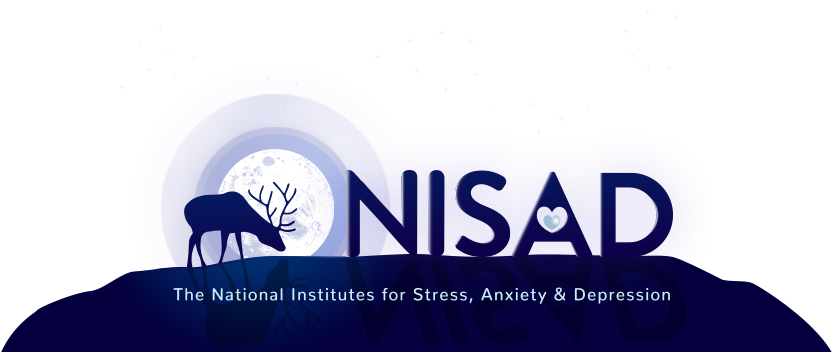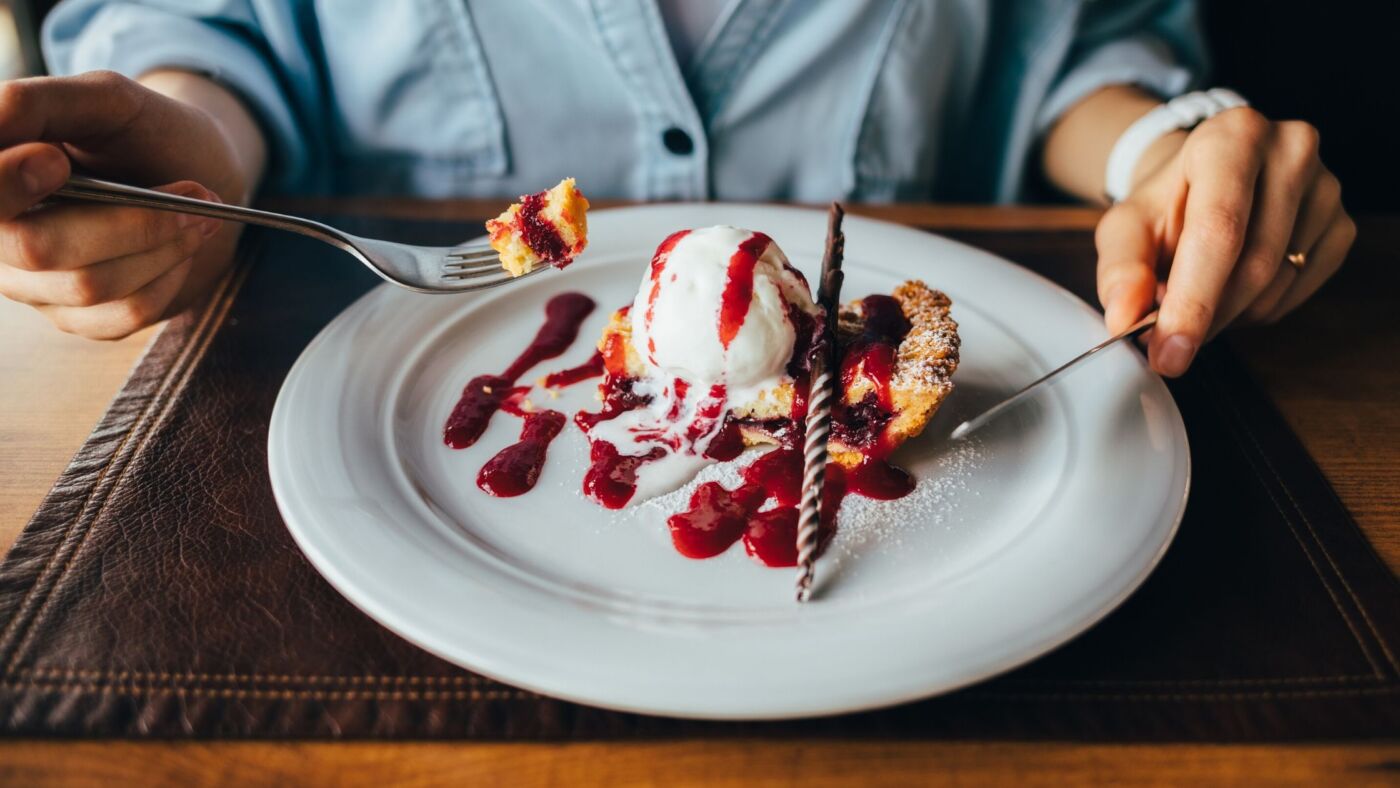How the body’s nervous system influences food and drinks choices
Have you ever had that feeling in a restaurant, when you’re ravenously hungry, that you want to order a satisfying starter… a hefty main… something on the side… maybe some nibbles to tuck into while waiting… oh and the most sumptuous, filling sweet when it comes to dessert?
It can feel like something’s driving you to eat, Eat, EAT!
And it is: your enteric nervous system.
This is the nervous system within our digestive system. It consists of approximately 100 million nerve cells in and around the gastrointestinal tract.
In fact, our enteric nervous system (ENS) is sometimes called our “second brain” because it can act independently from our central nervous system (CNS, which is made up of our brain and spinal cord).
While our CNS is busy doing other things, our ENS is getting on with the process of digestion and monitoring the energy requirements of our cells. With a clever system of hormone secretion, it can then communicate to our brain when we need to eat. This creates a feeling of hunger.
As an evolutionary mechanism, when we are very hungry, high-energy food (think fat and sugar) becomes particularly appealing as it’s the easiest, quickest way for our body to get energy and nutrients to our cells. If we still lived in a world where food was scarce, this mechanism would be life-saving as it motivates us to seek out energy-giving food, fast!
It’s not so helpful in a world where food is plentiful.
In our modern world, this mechanism can drive us to eat more than we need.
But what’s interesting is that the drive can quickly dissipate once we have had something to eat.
Have you ever regretted ordering all that food after you’ve finished the starter?
So our guts are amazingly clever, even if challenged by our modern world.
And there is another way that our guts could be doing the thinking…
We’re not alone in there.
Our microbiome is doing the thinking too.
Our gut is teeming with bacteria (as well as fungi and viruses), where microbial genes outnumber human genes by at least 100 to 1. Yes, we are made up of more bacteria than cells.
Increasingly, research is suggesting that the types of bacteria we have in our gut, may be influencing the food that we eat.
As different strains of bacteria thrive on different types of matter (carbohydrates, fats, fibre, etc), there is growing evidence to suggest that the types of bacteria we have in our gut can create food preferences and even cravings.
There is also evidence that certain gut microbes may stimulate overeating.
The good news for us is that the bacterial make-up of our microbiome can be changed through the foods that we mindfully choose to eat, which in time will alter our food preferences.
It’s also thought that practices such as exercise, yoga and meditation have a positive effect on regulating the amount of food we take in relative to the energy our cells use.
Thus, our gut bacteria may influence what we feel like eating but we can begin to influence the type of bacteria that we host.

Alison Easton
BA(Hons) HPD DipCHyp
Director of Clinical and Creative Development
For nearly 10 years, I have been providing therapy using hypnosis to assist people in changing the beliefs and habits that are making them unwell or unhappy into those that foster health and happiness.
My role at NISAD draws on this experience to write informative and compassionate content to support all that visit us on social media and on our ELK.Health programmes.

